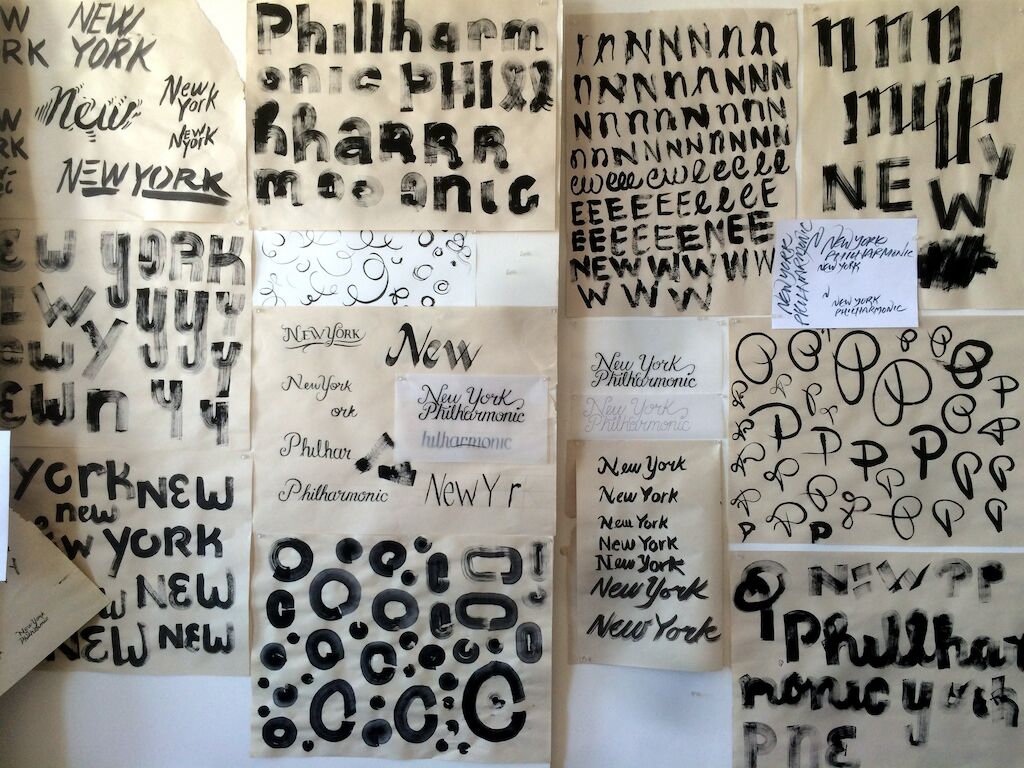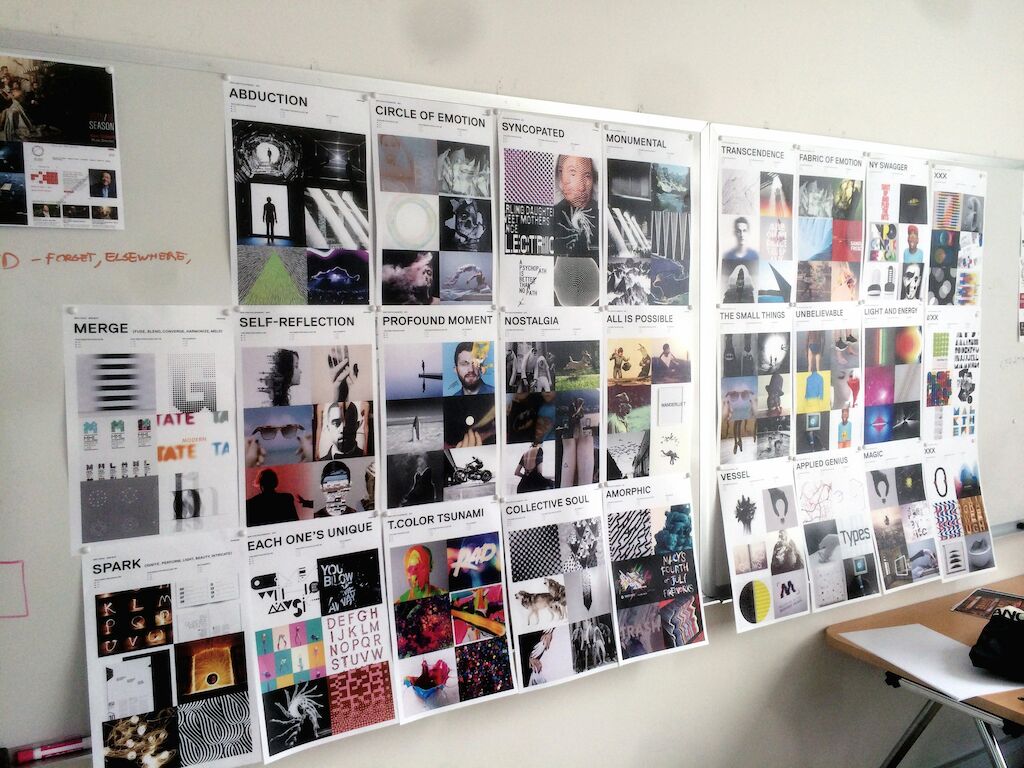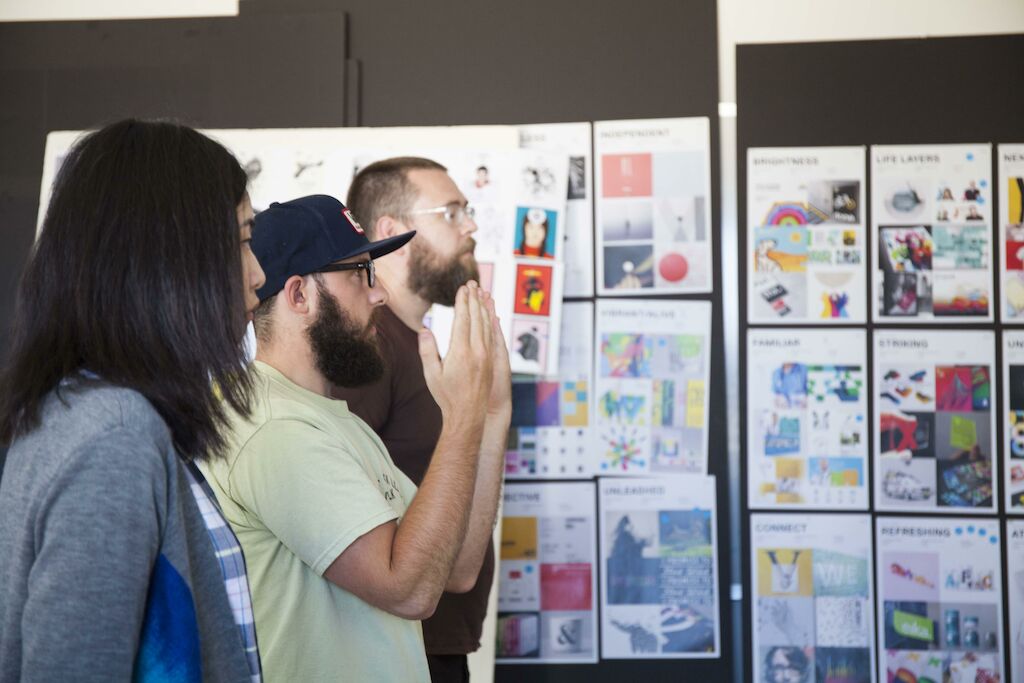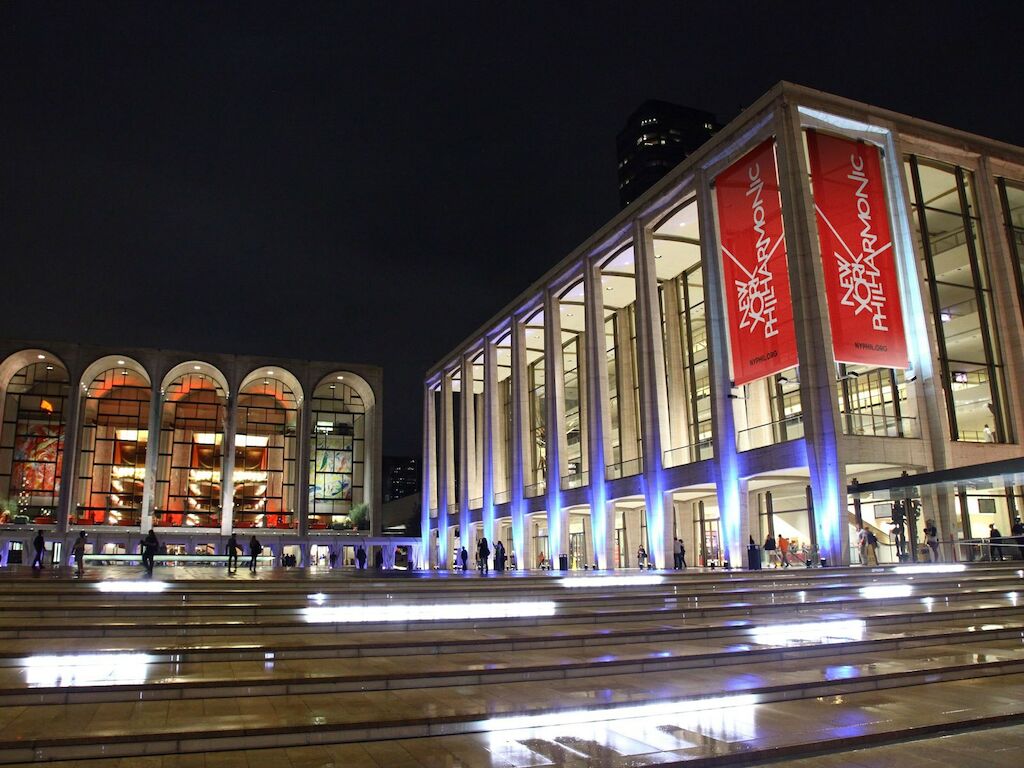MetaDesign San Francisco recently created a new visual identity for the New York Philharmonic. Lindsay Gravette, the creative director who oversaw the project in San Francisco, shares the story behind the making of the identity in a Q&A with Hozy Rossi, who also worked on the project but feigns ignorance for the sake of this post.
HR: Why do you think the philharmonic approached a West Coast firm for this project? There are a lot of agencies in New York.
LG: We were surprised when we first got the RFP from them. We learned that they had contacted us because of our work for the San Francisco Ballet. They recognized in it a lot of what they needed to do with the philharmonic, which was re-energize a new audience and reinvent themselves.
HR: Walk me through the selection process. What was the first request once they reached out?
LG: We had initial conversations with them about what they were looking for, what their overview was. And what they were requesting of creative firms was to take the 76-page brief that they had spent six months putting together —about who they are, where they want to go, what everybody in the organization is looking for in the brand — take that, go away for a little while, and come back for a ”tissue session,” which we had to look up. We found out it was a moment in between the beginning and end of your creative process where you just sort of stop, pencils down, and come in and show them what you’ve been working on. Through that they would see what your thinking was, what different firms’ creative approaches would be, and how the agencies were interpreting the brief.
We looked at it as, well, we’re from San Francisco, we’re coming from outside. There are all the great design firms in New York, why would they choose us? But what the hell, let’s do it.
We were insanely busy at the time. We looked at their strategy, started doing some research in between our other projects. We got a team together that agreed to do it over the weekend. In the meantime, we reached out to the other five Meta offices and said, ”Here’s this opportunity. Can you provide us with some thinking so that when we move into our design sprint we have some other ideas we can draw upon?” We got work from Beijing, Zurich, and Berlin, some really nice thinking and some good thought-starters.
We decided to take over one of our conference rooms. We moved our desks in there and worked all day Saturday, Sunday, and Monday. We were flying to New York on Tuesday. We ended up with 18 directions that we liked and put them into six buckets that we felt interpreted the strategy in a number of different ways.



